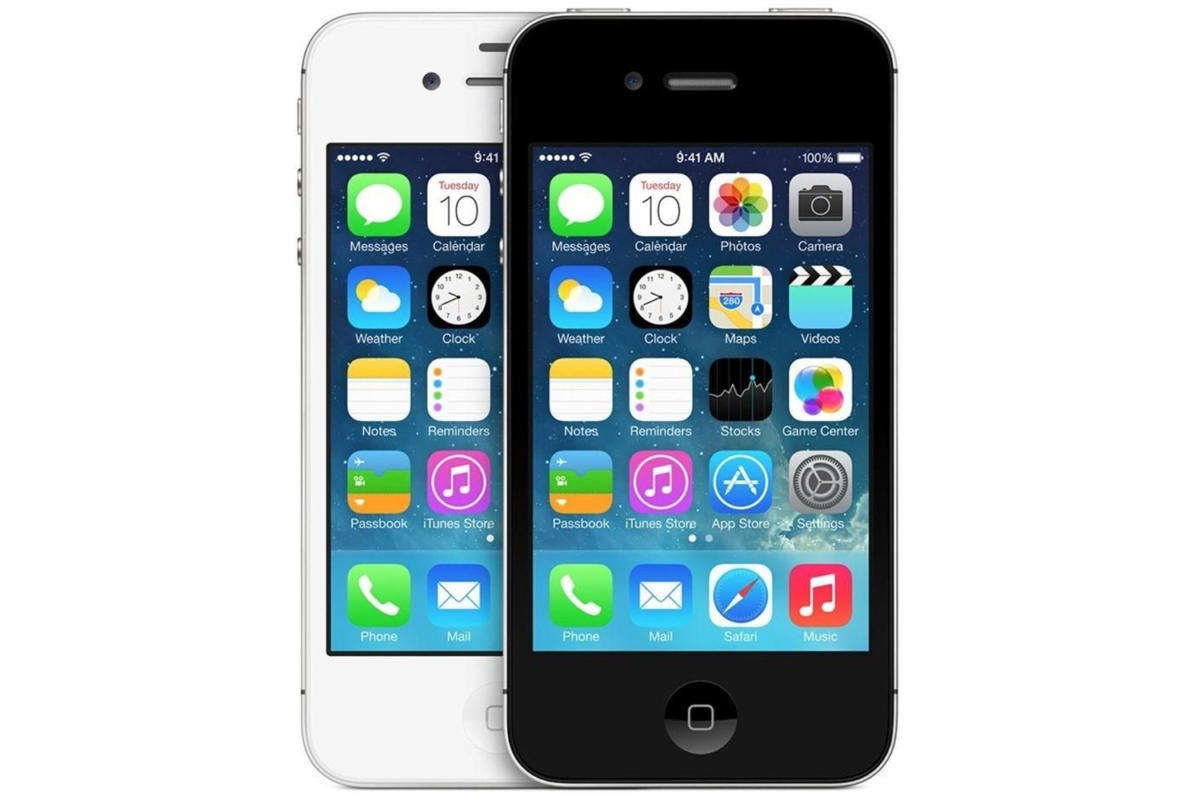If you had any remaining doubt about Apple’s long-term plans for processor development, you should note the significance of a newly revealed chip technology deal the company has reached with Arm. The deal extends beyond 2040.
Arm docs reveal Apple deal
News of the deal was included in documents filed by Arm ahead of its $52 billion initial public offering (IPO). “We have entered into a new long-term agreement with Apple that extends beyond 2040, continuing our longstanding relationship of collaboration with Apple and Apples access to the Arm architecture,” the SEC filing said.
Apple and Arm have a relationship that extends back to the formation of the latter company to create chips for the Apple Newton in 1993. Arm now develops the reference chips used inside most of the world’s smartphones. That tech is then licensed to others, and in the case of Apple forms the core from which that company’s own chip designers build their processors.
Apple is among a group of companies to have agreed to invest a total of $735 million in the IPO. Others include AMD, Cadence Design Systems, Google, Intel, MediaTek, Nvidia, Samsung, Synopsys, and TSMC.
What’s at stake?
Apple reached the deal with Arm to protect its own interests as the latter company begins its IPO. Apple licenses the processor designs created by ARM, and then tweaks those intellectual properties with its own technologies to create the processors used inside iPhones, iPads, Macs, and other Apple products.
Apple’s implementations of these chips, coupled with its hardware and software designs, are what give its products a competitive edge.
However, once the IPO has taken place, Apple needs to ensure it still has access to that IP. The multi-year deal with Arm helps guarantee that.
What this means
Apple has built a coterie of unique products on the back of Arm chips. The decision to reach a long-term agreement with the company represents a deep commitment to continue doing so.
As it stands, the deal extends through the next 17-years, which means anyone purchasing an Apple device, and certainly anyone developing solutions for the Apple ecosystem, can now be reasonably sure of what processors they need to support in the long-term. The commitment provides security to Apple’s product and processor design teams, but also represents the company’s commitment to its processor designs.
Chips with everything
Apple has prioritized innovation in its chip designs ever since the acquisition of PA Semi in 2008. The company’s silicon development teams are now led by Johny Srouji, senior vice president for hardware technologies, who also led development of Apple’s first self-designed system-on-chip, the A4 processor used in the iPhone 4.
That chip really helped the iPhone pull ahead of competitors in terms of computational performance for low power draw, and those two talents still characterize Apple Silicon across all its devices today.
Of course, processors based on Arm…
2023-09-07 10:00:03
Source from www.computerworld.com



















